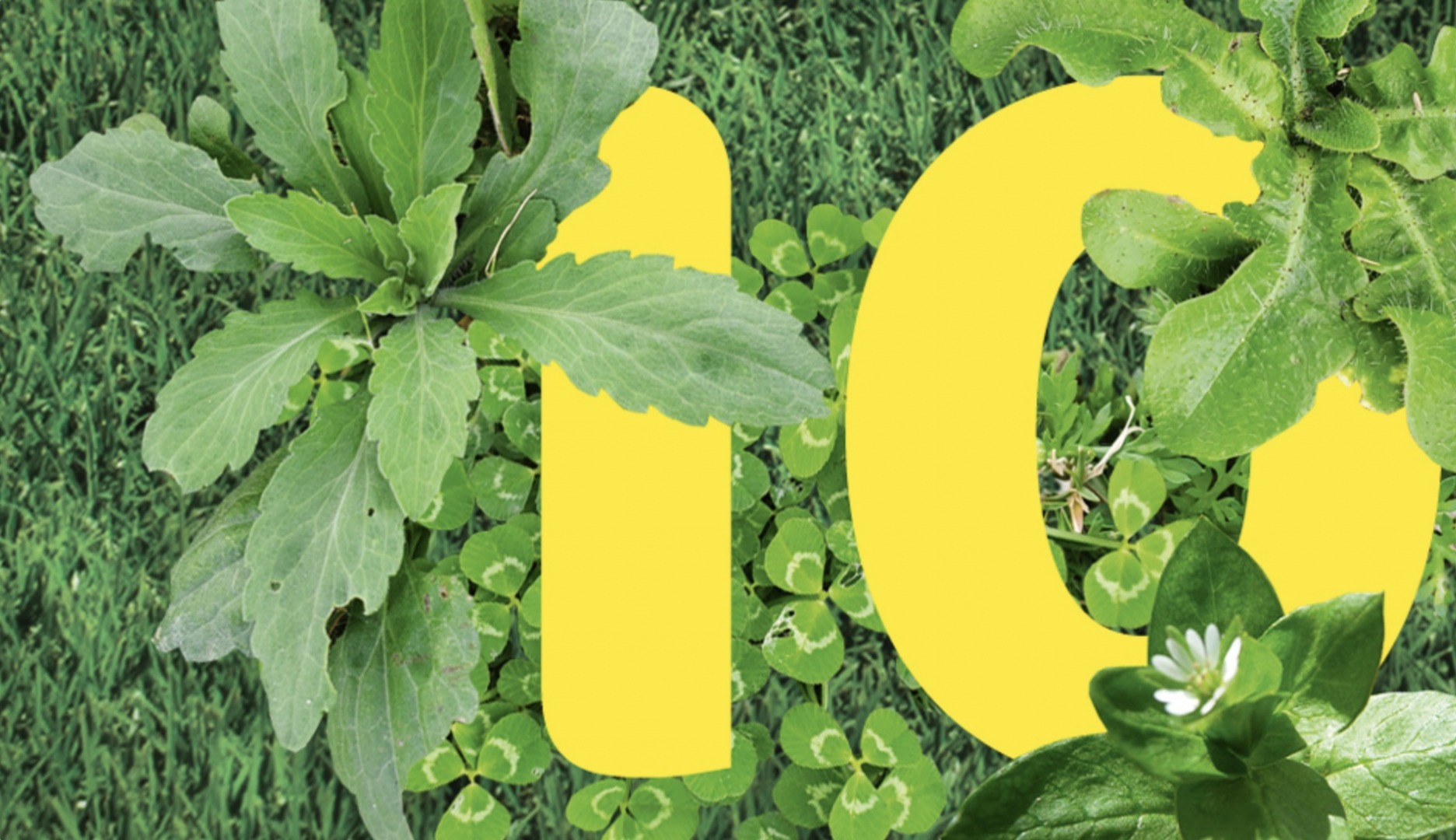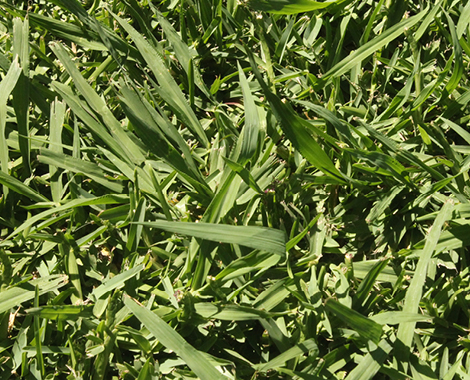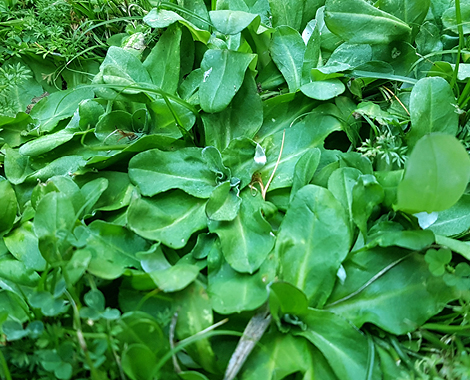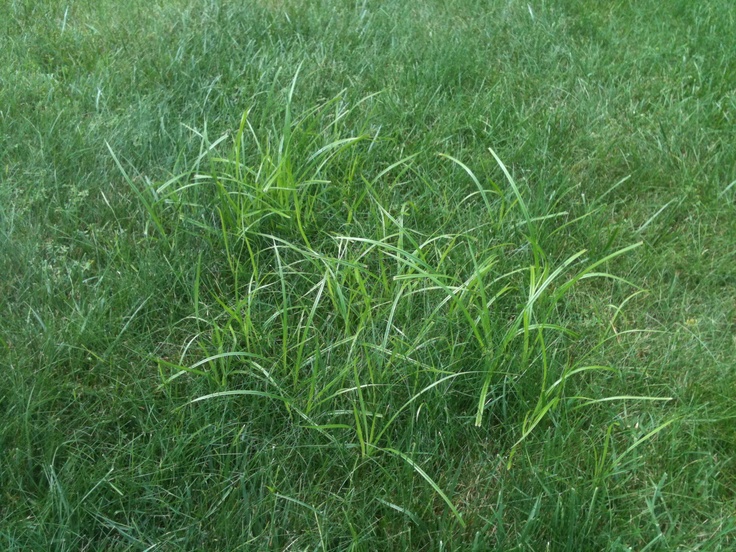10 Common Lawn Weeds

29 September 2021
Can you identify all these common lawn weeds? We take a look at a few common lawn weeds that might be growing in your grass and what you can do to remove them.
Clover
Clover can easily be identified by its oval-shaped leaves. It will commonly grow with 3 leaves (four if you are lucky) with a white circular marking across all the leaves. The leaf will grow from a thin stem with white ball-like flowers.
Clover can easily be treated with a common broadleaf herbicide or a specific clover specific weed spray. To remove clover, we recommend using either Amgrow Bin Die or All Purpose Weed Control with the active ingredient Bromoxynil or removing by hand.
You can find more information on Clover here.

Bindii
Bindii is a low growing weed with a flower at its centre. At maturity, the flower will produce a prickly seed pod, which can be quite annoying in the warmer months when enjoying your lawn.
Bindii can easily be removed by hand, or with a broadleaf herbicide with the active Bromoxynil like Amgrow Bin Die or All Purpose Weed Control. It is best to remove Bindii before it goes to seed to avoid stepping in those painful prickles.
You can find more information on Bindii here.

Paspalum
Paspalum is a perennial grass weed that is mostly found in the South-eastern states of Australia. It will have a purple tinge as the base of its broad leaves and will primarily grow throughout the warmer months. This weed will spread through the transport of its sticky seeds, easily sticking onto pets and shoes.
With Paspalum the easiest way to remove it is to remove it by hand. When doing this, make sure you dig underneath the crown, below the soil level and remove the entire plant. There are also selective herbicides that are available. Paspalum, Nutgrass & Clover Weed Killer with the active ingredient DSMA can easily be mixed in a knapsack or pressure sprayer, repeated applications may be needed. For kikuyu, buffalo and blue couch lawns please note this herbicide can harm your lawn too, so it is only best to spot treat these weeds.
You can find more information on Paspalum here.

Oxalis
Oxalis has a similar appearance to clover. One of the main differences is oxalis has small light green or purple heart-shaped leaves, while clover will have oval-shaped leaves. There are a few different variations in their flower colour including white, pink, and yellow. There are a few species of oxalis, the common species found here in Australia is creeping oxalis.
To remove creeping Oxalis, a selective herbicide with Bromoxynil as the active ingredient like Amgrow Bin Die or All Purpose Weed Control can be used.
You can find more information on Oxalis here.

Cudweed
Cudweed is another common weed that you may have noticed growing in your garden. It is an annual winter weed those forms in rosettes. It has glossy light green leaves on top and has a white and furry side underneath. They have various small flowers that grow from their stems.
It’s best to remove them by hand or with a selective herbicide with Bromoxynil as the actives such as Amgrow Bin Die or All Purpose Weed Control. You may require two or more applications. The glossiness of the leaves helps in its resistance to herbicides and makes it very difficult to control. You can add a few drops of dishwashing liquid or another surfactant to the herbicide mix, this will help it to stick to the leaves.
You can find more information on Cudweed here.

Chickweed
Chickweed is a low growing, winter annual weed that can continue growing all through summer. It has paired leaves protruding opposite one another that have minimal fine hairs. As temperatures rise white flowers bloom in clusters at the end of a stem.
Like most lawn weeds, the easiest method of removing Chickweed from your lawn is by hand. Dig underneath the weed and remove the full plant from the grass. But, if there is a substantial amount present a herbicide with Bromoxynil as the active like Amgrow Bin Die or All Purpose Weed Control is the way to go.
You can find more information on Chickweed here.

Nutgrass
Nutgrass is identifiable as it is usually a lighter green than the rest of your lawn and tends to grow taller. It has 3 blades that shoot up from the stem and has a triangular stem rather than a circular stem like most grasses.
If you do notice this weed in your lawn it is best to act quickly before it spreads. You can remove Nutgrass by digging it out with a small spade. You must be extremely diligent with this to ensure there are no roots or bulbs left in the soil as Nutgrass will reappear if left behind. If there is a large amount of Nutgrass in your lawn, you will need to treat it with a selective herbicide with the active ingredient Halosulfuron-Methyl such as Amgrow Sedgehammer.
You can find more information on Nutgrass here.

Summer Grass
Summer grass is a common annual weed that has soft hairy leaves that grow close to the ground in clusters. The grassroots at the node (joint) and the sheathes of the leaf are usually purple-tinged in colour at the base.
Best to remove Summer grass by hand. If your lawn is unhealthy it will continue to reappear. By thickening up your lawn and keeping it healthy you will make it difficult for the summer grass to return. Herbicides with DSMA as the active ingredient like Paspalum, Nutgrass and Clover Weed Killer, commonly used for paspalum, will remove Summer grass. However, herbicides with DSMA are not safe for Kikuyu and buffalo lawns, so it is best to only spot treat.
You can find more information on Summer Grass here.

Crowsfoot (commonly known as Crabgrass)
Crowsfoot is a summer annual grass that grows in easy to identify tufts. This weed grows flat to the ground with almost white flat sheathed stems and smooth strap-like leaves.
The best way to remove crowsfoot is to chip out by hand. Make sure when doing so that you carefully remove the entire plant and don’t spread any seeds during the process. Paspalum, Nutgrass & Clover Weed Killer, and herbicides formulated with the active DSMA will control crowsfoot. Again, when using products with DSMA as the active ingredient on Buffalo and Kikuyu it is best to only spot treat the weed as these herbicides can harm your lawn as well.
You can find more information on Crowsfoot here.

Mullumbimby Couch
Mullumbimby Couch is a perennial mat-forming, grass-like sedge with dark green, glossy, strap-like leaves. It possesses tough and long rhyzomes which are red to purple in colour.
If you do notice this weed growing, it is best to act quickly before it spreads and becomes very difficult to remove. You can dig them out with a small spade. But you have to be extremely diligent with this to ensure there are no roots or bulbs left in the soil as they will reappear if left behind. If there is a large amount of Mullumbimby Couch in your lawn, you will need to treat it with a selective herbicide with the active ingredient Halosulfuron-Methyl such as Amgrow Sedgehammer.
As always, if you have any more questions please don’t hesitate to contact us for free expert advice on 1800ALLTURF (1800255873) or 07 5543 8304.
WOULD YOU LIKE MORE INFORMATION ON WEEDS?
Contact us for expert advice, or come & say hi at our office in Tamborine!



